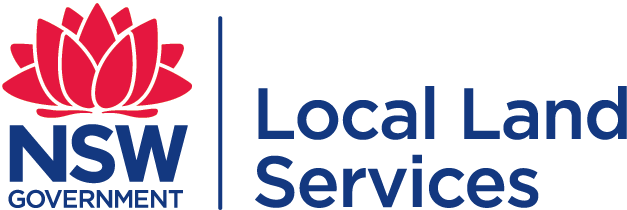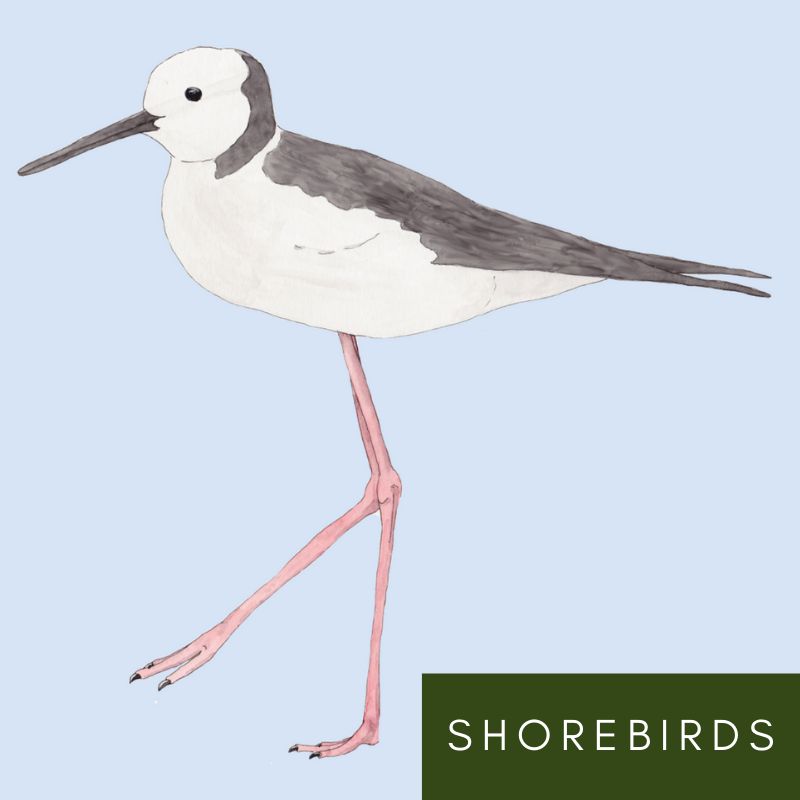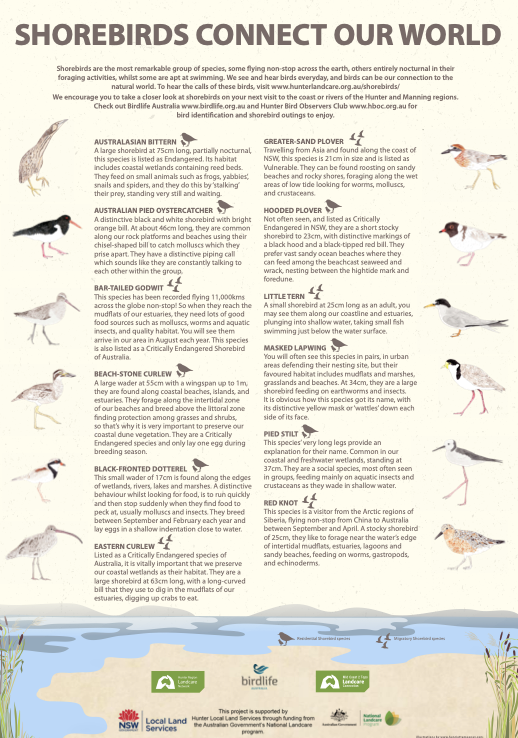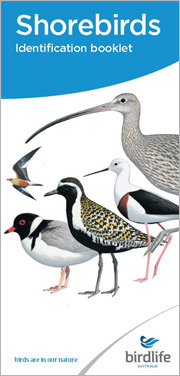Shorebirds
The Hunter Region Landcare Network and Mid Coast 2 Tops Landcare Connection are working together with other organisations such as Birdlife Australia and Hunter Local Land Services to deliver an exciting community program that will take a closer look at shorebirds of the Hunter and Manning regions.
We invite you to join us and participate in our community events at local markets, libraries, museums, and shorebird safaris. Details to be released soon.
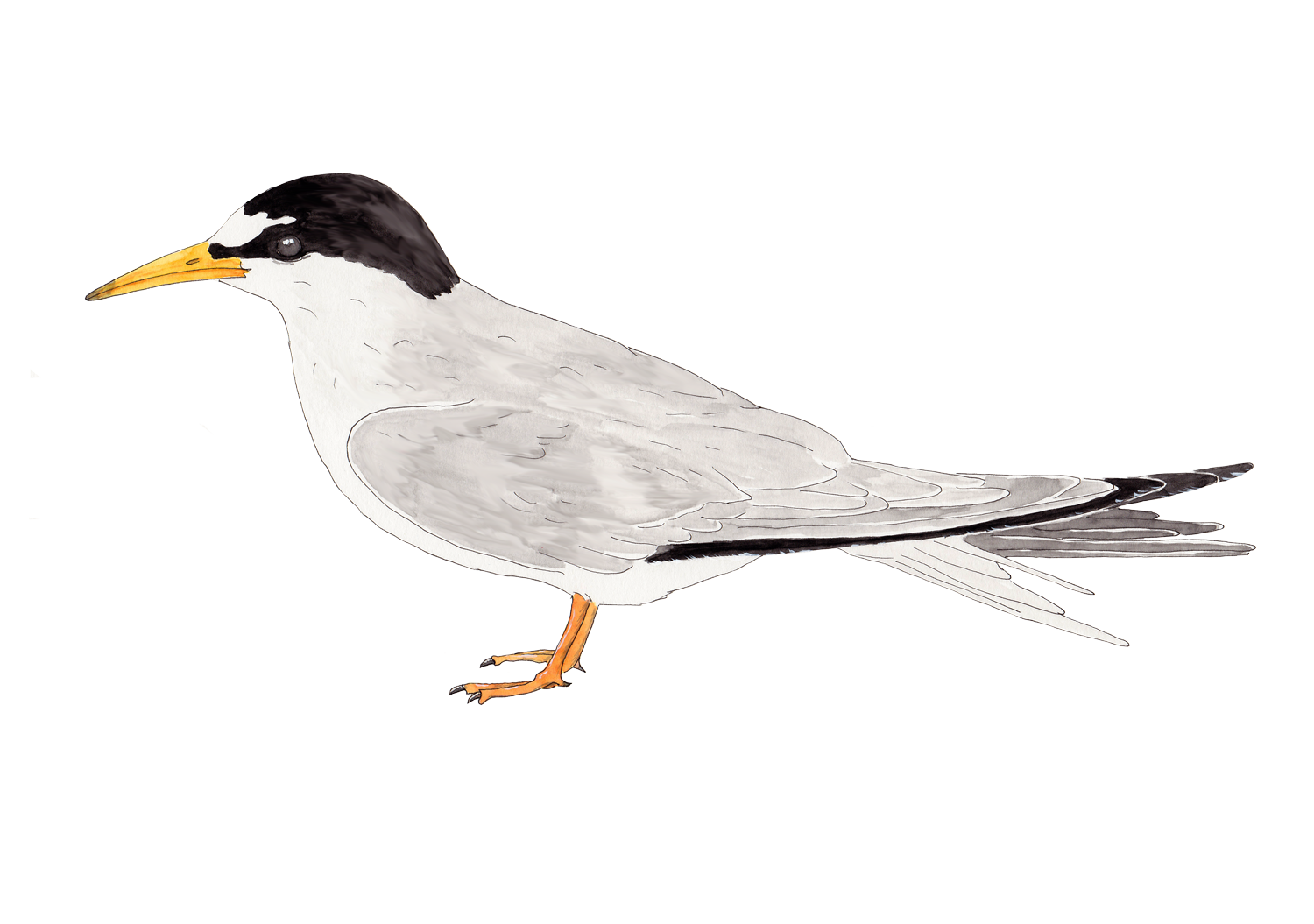
Little Tern
A small shorebird at 25cm long as an adult, you may see them along our coastline and
estuaries, plunging into shallow water, taking small fish swimming just below the water
surface.
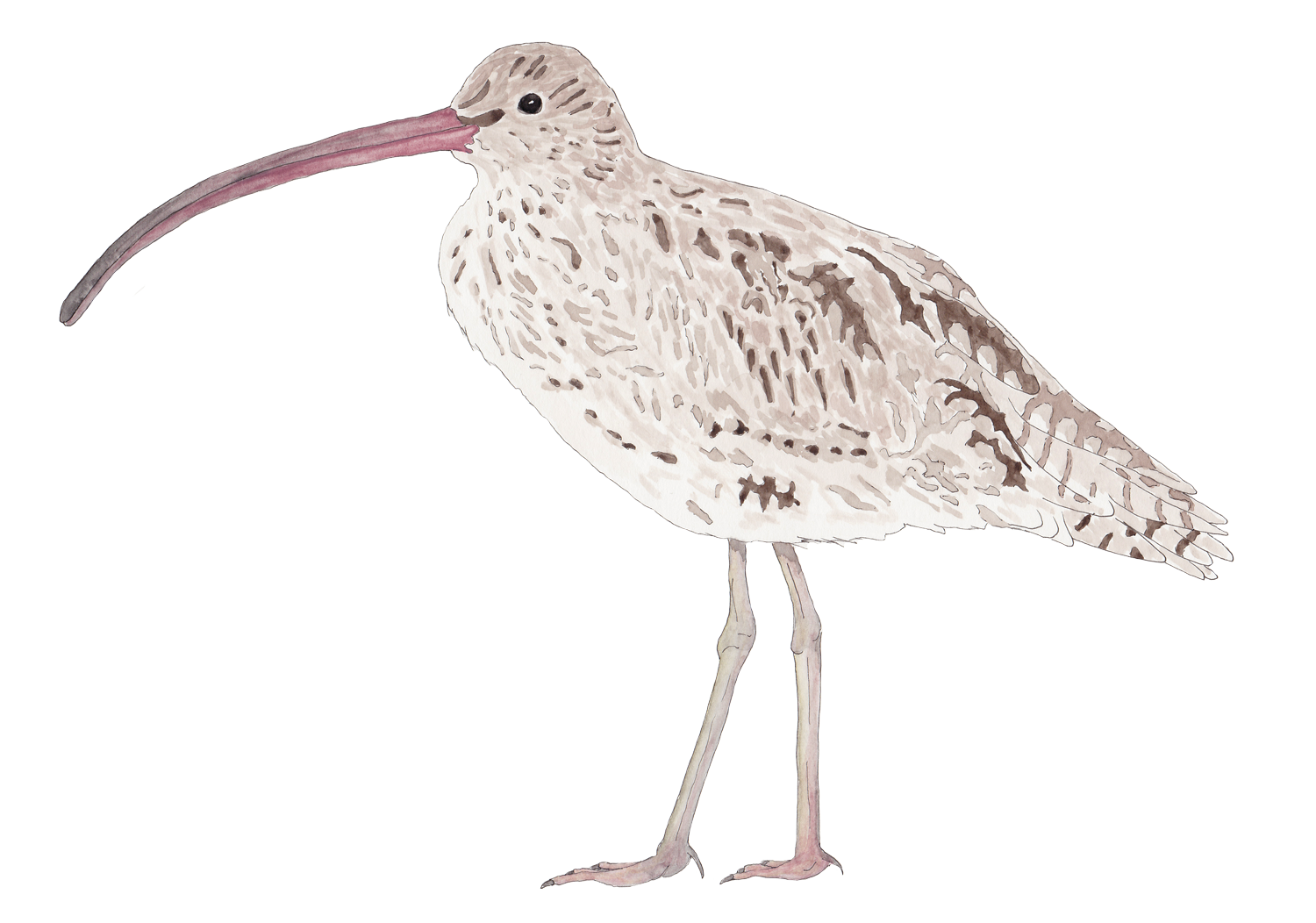
Eastern Curlew
Listed as a Critically Endangered species of Australia, it is vitally important that we preserve
our coastal wetlands as their habitat. They are a large shorebird at 63cm long, with a long-
curved bill that they use to dig in the mudflats of our estuaries, digging up crabs to eat.

Bar-tailed Godwit
This species has been recorded flying 11,000kms across the globe non-stop! So when they
reach the mudflats of our estuaries, they need lots of good food sources such as molluscs,
worms and aquatic insects, and quality habitat. You will see them arrive in our area in
August each year. This species is also listed as a Critically Endangered Shorebird of
Australia.
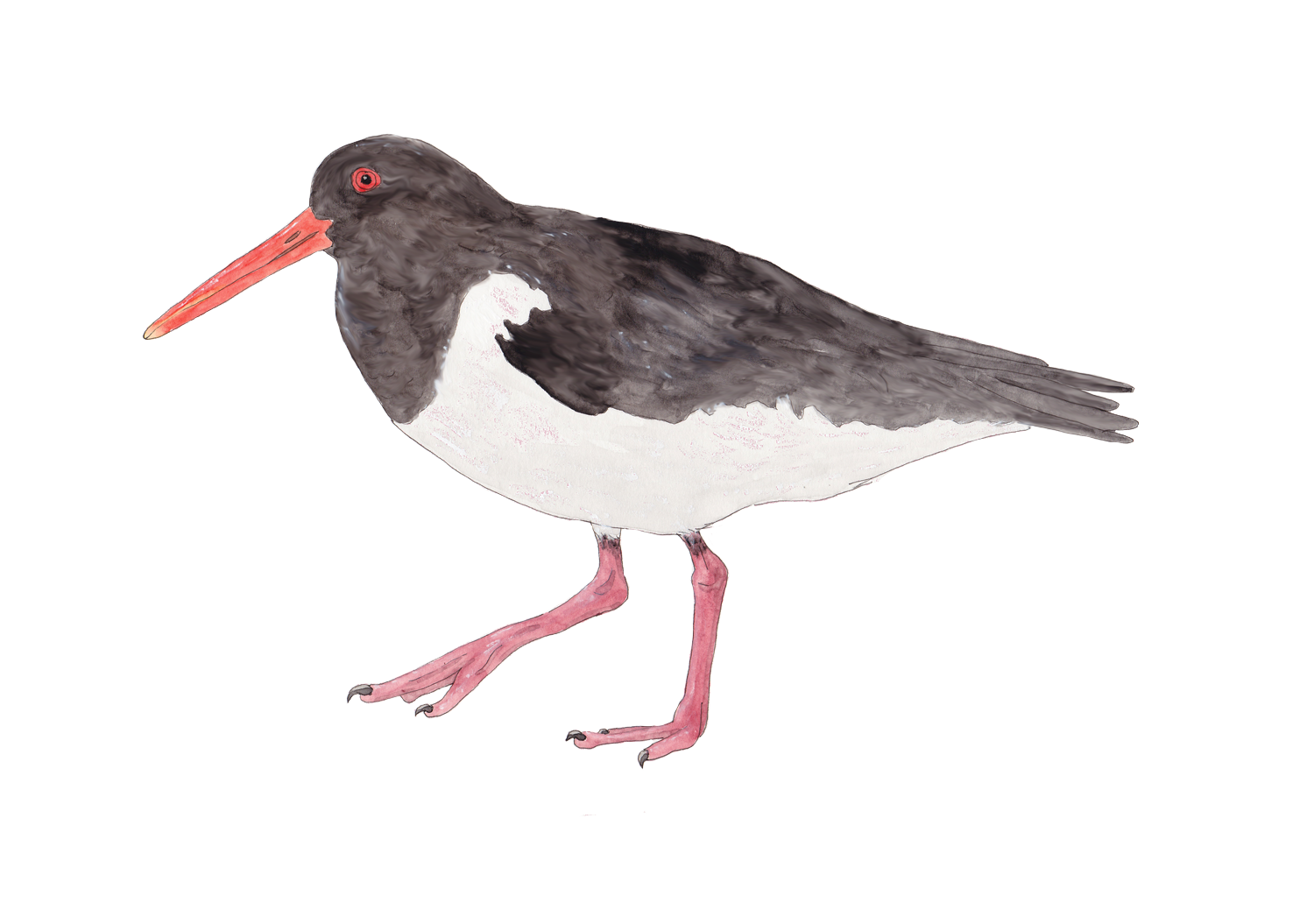
Australian Pied Oystercatcher
A distinctive black and white shorebird with orange bill and legs. At about 46cm long, they
are common along our rock platforms and beaches digging their chisel-shaped bill into catch
molluscs which they prise apart. They have a distinctive pipping call which sounds like they
are constantly talking to each other within the group.
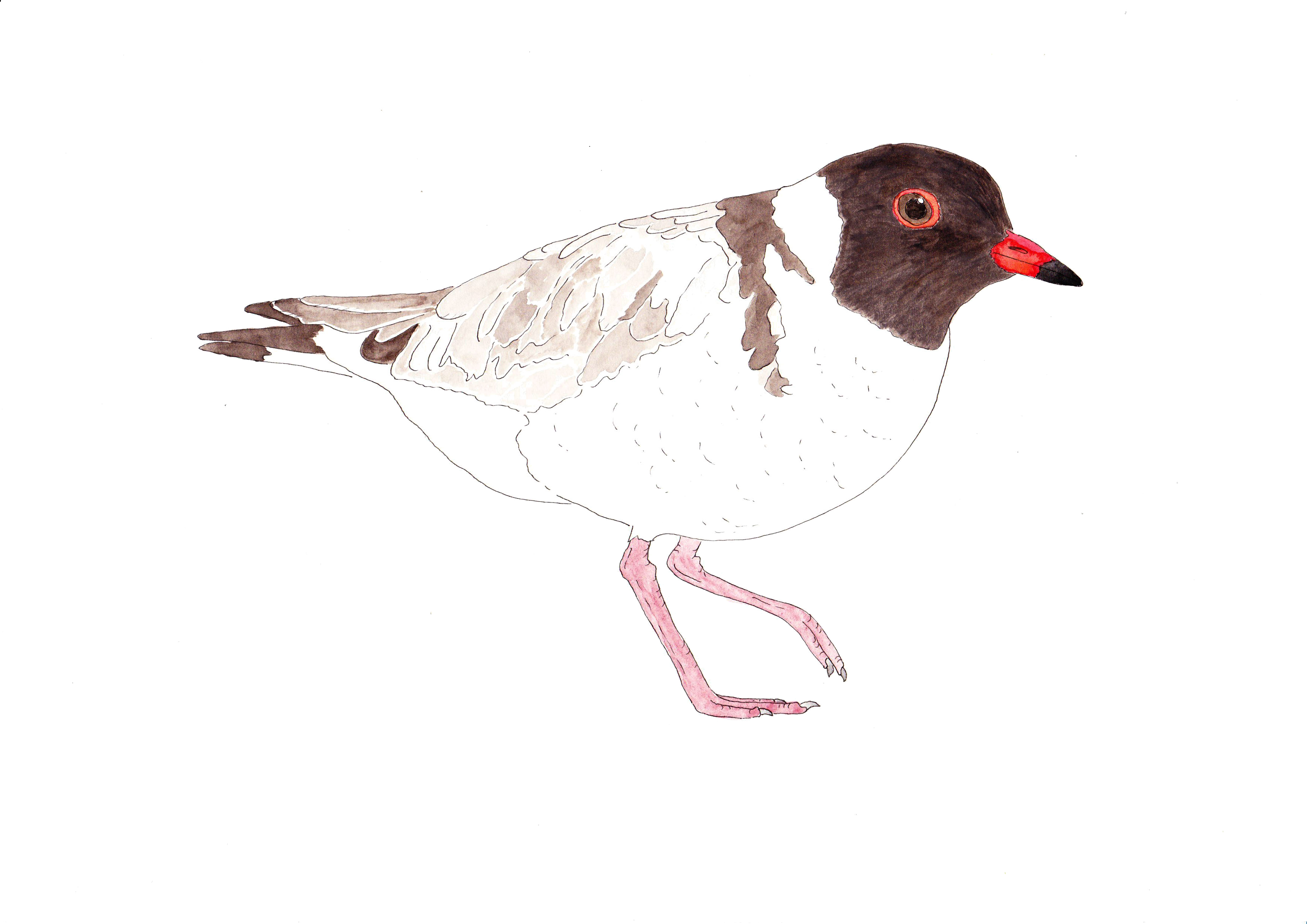
Hooded Plover
Not often seen, and listed as Critically Endangered in NSW, they are a short stocky
shorebird to 23cm, with distinctive markings of a black hood and a black-tipped red bill. They
prefer vast sandy ocean beaches where they can feed among the beachcast seaweed and
wrack, nesting between the hightide mark and foredune.
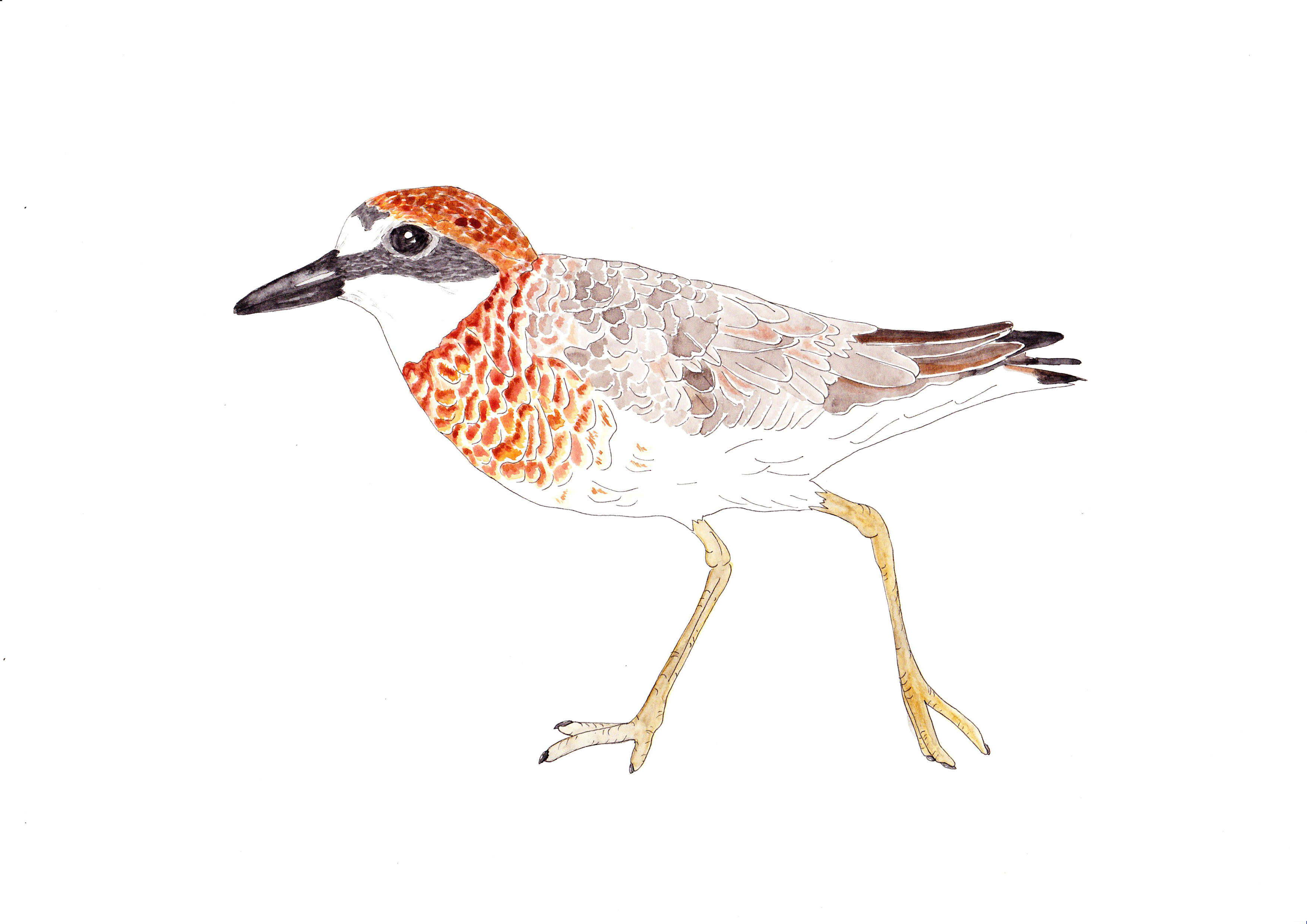
Greater-sand Plover
Travelling from Asia and found along the coast of NSW, this species is 21cm in size and is
listed as Vulnerable. They can be found roosting on sandy beaches and rocky shores and
foraging along the wet areas of low tide looking for worms, molluscs, and crustaceans.
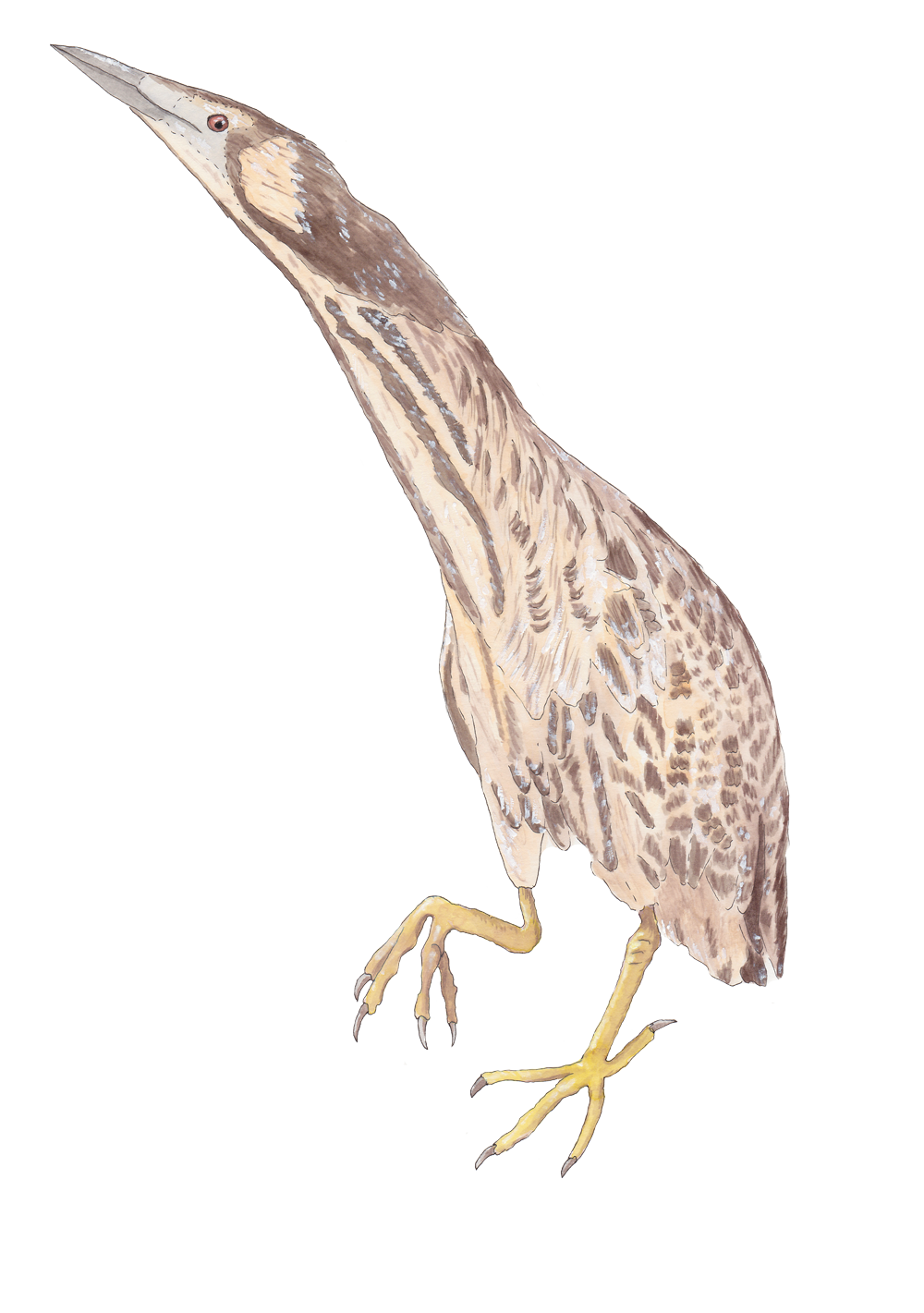
Australasian Bittern
A large shorebird at 75cm long, partially nocturnal, this species is listed as Endangered. Its
habitat includes coastal wetlands containing reed beds. They feed on small animals such as
frogs, yabbies’, snails and spiders, and they do this by ‘stalking’ their prey, standing very still
and waiting.
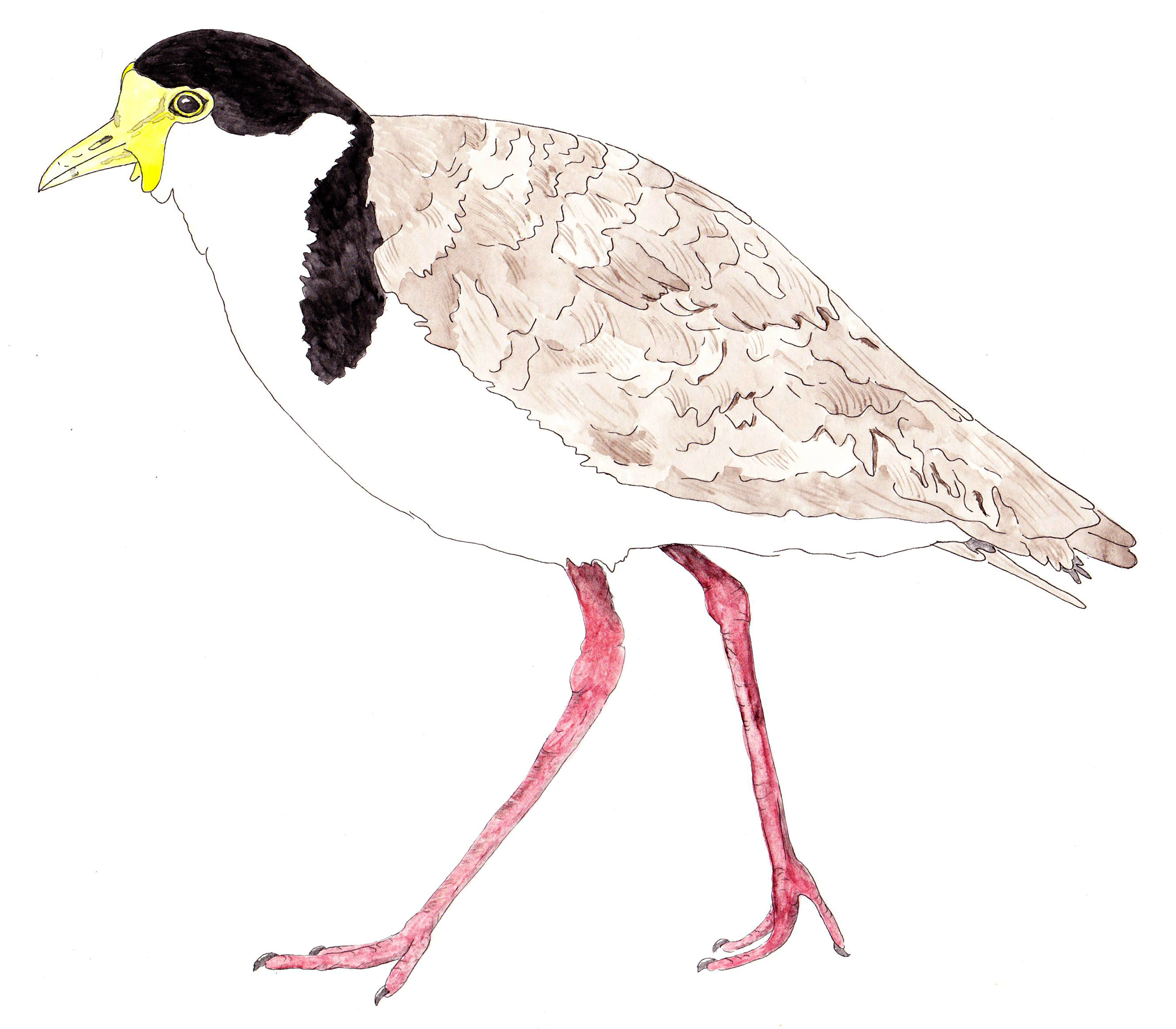
Masked Lapwing
You will often see this species in pairs, in urban areas defending its nesting site, but their
favoured habitat includes mudflats and marshes, grasslands and beaches. At 34cm, they
are a large shorebird feeding on earthworms and insects. It is obvious how this species got
its name, with its distinctive yellow mask or ‘wattles’ down each side of its face.

Black-fronted Dotterel
This small wader of 17cm is found along the edges of wetlands, rivers, lakes and marshes.
A distinctive behaviour whilst looking for food, is to run quickly and then stop suddenly when
they find food to peck at, usually molluscs and insects. They breed between September and
February each year and lay eggs in a shallow indentation close to water.
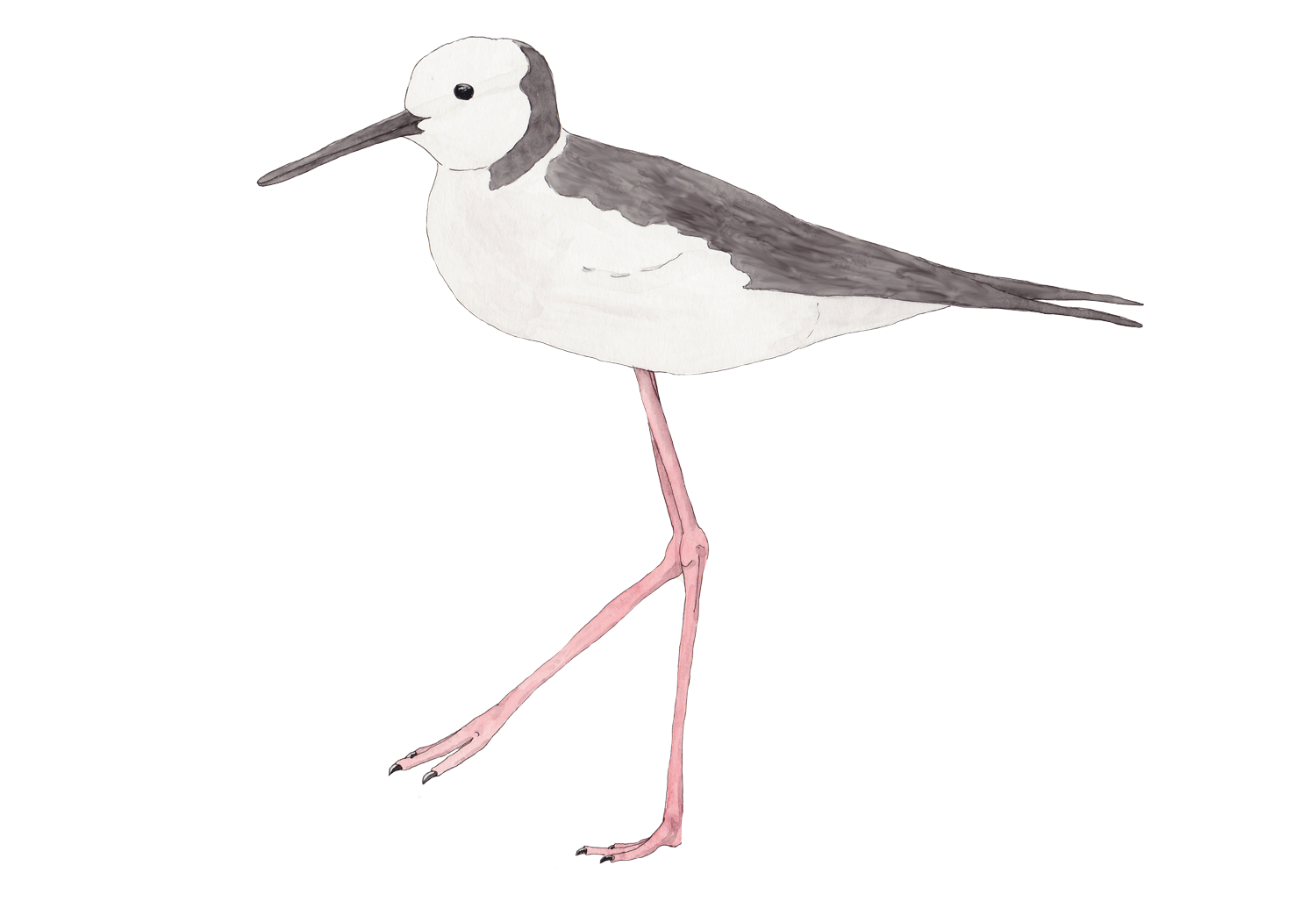
Pied Stilt
This species’ very long legs provide an explanation for their name. Common in our coastal
and freshwater wetlands, standing at 37cm. They are a social species, most often seen in
groups, feeding mainly on aquatic insects and crustaceans as they wade in shallow water.
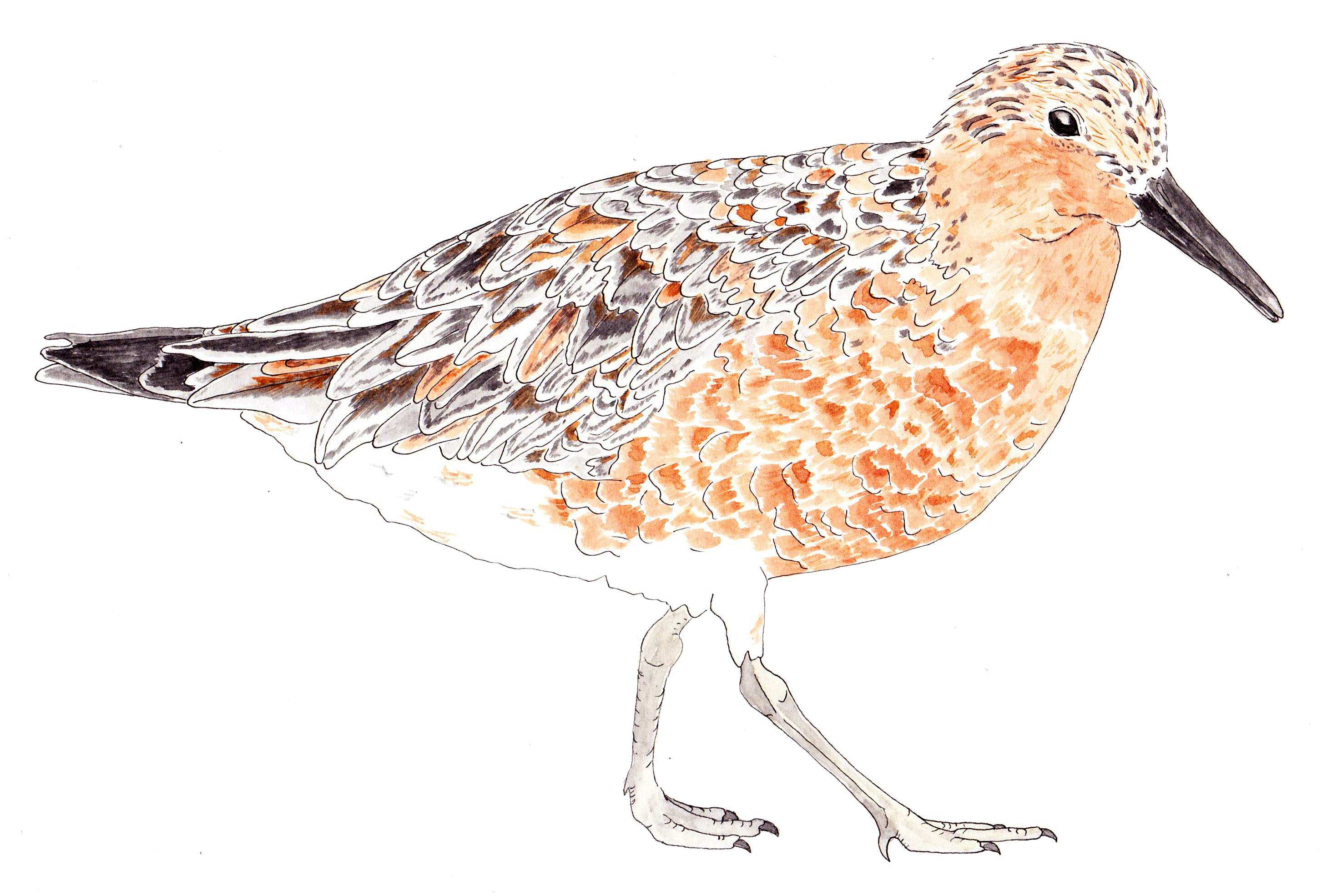
Red Knot
This species is a visitor from the Artic regions of Siberia, flying non-stop from China to
Australia between September and April. A stocky shorebird of 25cm, they like to forage near
the water’s edge of intertidal mudflats, estuaries, lagoons and sandy beaches, feeding on
worms, gastropods, and echinoderms.
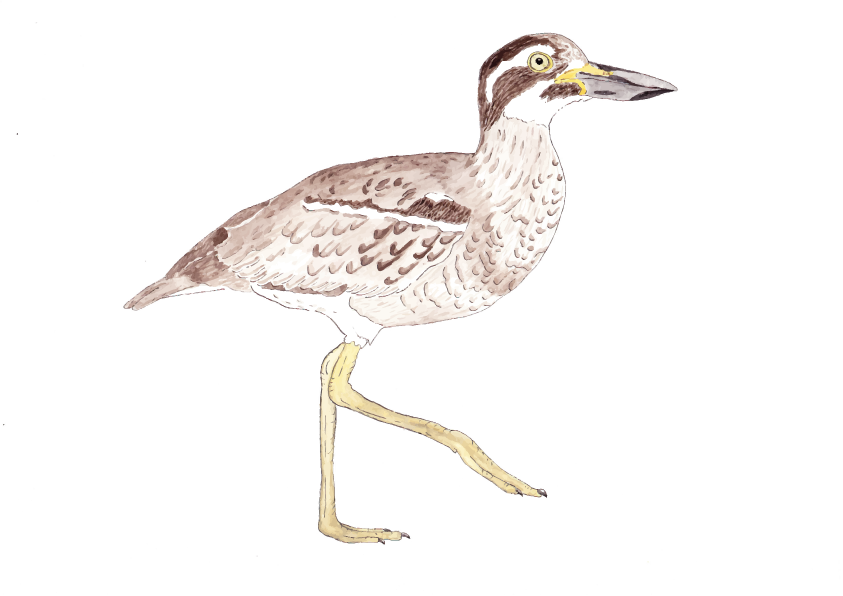
Beach-stone Curlew
A large wader at 55cm with a wingspan up to 1m, they are found along coastal beaches,
islands, and estuaries. They forage along the intertidal zone of our beaches and breed
above the littoral zone finding protection among grasses and shrubs, so that’s why it is very
important to preserve our coastal dune vegetation. They are a Critically Endangered species
and only lay one egg during breeding season.
Learn about local shorebirds
Shorebird Poster
Download our beautiful, educational poster featuring our local shorebirds now. This poster is suitable for printing, using online or sharing on social media.
This project is supported by funding from Hunter Local Land Services through the Australian Government’s National Landcare Program
